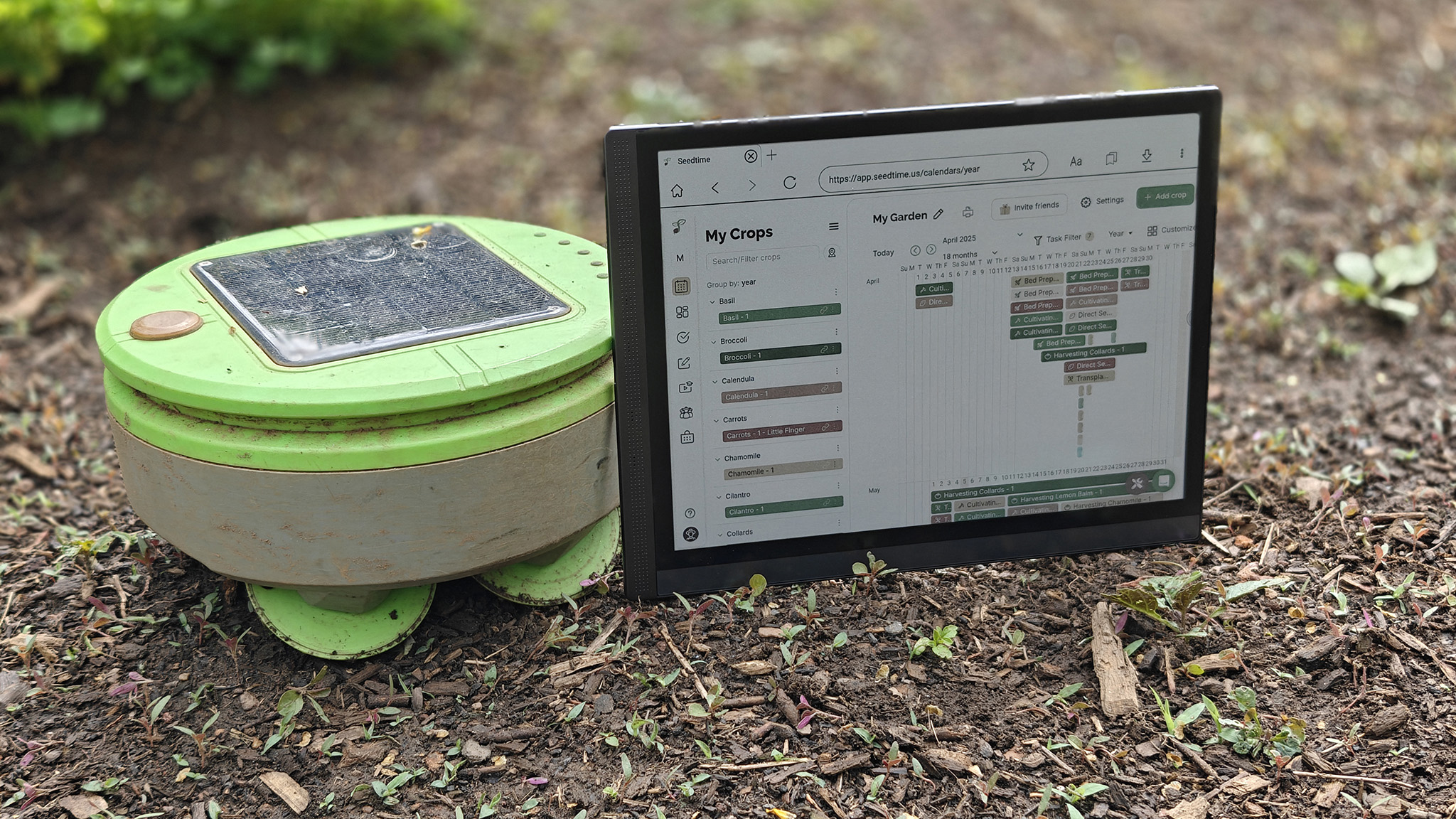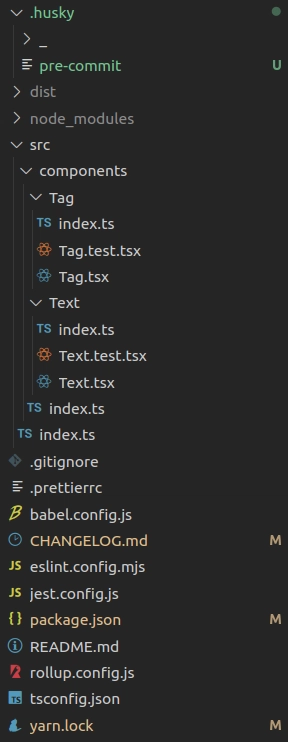How to Fix LoadError When Requiring Screen Base Gem in Ruby?
Introduction If you're encountering a LoadError when trying to require your custom Ruby gem, screen-base, in another gem, you're not alone. This is a common issue among Ruby developers, especially when managing dependencies via the Gemfile. In this article, we'll explore why this error occurs and provide a comprehensive guide to resolve it. Understanding the LoadError The LoadError you're facing typically arises when Ruby cannot locate the gem's code. Since you mentioned that your screen-base gem works perfectly when required in a Rails application, it suggests that the gem is correctly defined and can be loaded in one environment, but may not be linked properly in another. This often happens due to path issues, dependency discrepancies, or the way gems are loaded in Ruby. Setting Up Your Gem Dependencies Correctly When you add a gem to your project's Gemfile, it's essential to ensure the project structure is correct so that Ruby can find and load the external files. This includes verifying that the paths to your gems are appropriately set up and that your project’s dependencies are well defined. Using Git for Local Gem Dependencies Since you've specified that you're using the screen-base gem directly from a Git repository, ensure that the syntax in your Gemfile correctly reflects this. The line: gem "screen-base", "~> 0.1.0", git: "git@github.com:madcrocodile/screen-base.git" is appropriate, but let's clarify the following steps to troubleshoot the LoadError. Steps to Resolve LoadError Step 1: Ensure Proper Initialization of Bundler Make sure Bundler is properly initialized in your application. Run the following command inside your Rails app's directory: bundle install This command installs all the gems specified in your Gemfile, including your screen-base gem. If you have altered your Gemfile, you might want to run: bundle update Step 2: Check Your Gem's Structure Ensure that your screen-base gem has the correct directory structure. Your gem should adhere to the following: screen-base/ ├── lib/ │ └── screen/ │ ├── base.rb │ └── ... ├── screen-base.gemspec └── ... The base Ruby file must be inside a lib/screen folder as you showed. Ensure that your base.rb file includes the appropriate namespace as you've defined: module Screen class Base # unimportant methods here end end Step 3: Use Bundler Setup in the Requiring Gem In the gem that requires screen-base, you should ensure that Bundler is set up correctly. In your lib/screen/click_digit.rb, include Bundler setup: require 'bundler/setup' require 'screen-base' This ensures that the Bundler can manage your gem's dependencies effectively. Step 4: Verifying Dependencies in Your Testing Environment When tests are run, ensure that the environment is aware of the dependencies defined in Gemfile. If you are using a testing framework, make certain it's set up to load Bundler. For RSpec, you might need: # spec/spec_helper.rb or spec/rails_helper.rb require 'bundler/setup' # If you're using RSpec to run tests require 'rspec' Common Issues and FAQs FAQ: Why does it work in Rails but fails elsewhere? This typically occurs due to the Rails application's autoloading features, which handle file loading more gracefully than a standalone Ruby script or other gem. FAQ: What if I still face issues? Attempt to check the $LOAD_PATH in your Ruby environment to determine if the path to your screen-base gem is indeed included. You can print it out with: puts $LOAD_PATH Conclusion By following the steps outlined above, you should be able to resolve the LoadError issue when requiring your screen-base gem in another gem. Setting up your dependencies correctly and ensuring proper loading practices will go a long way in avoiding such issues in the future. If you continue to face problems, consider validating your gem's structure and testing configurations. Happy coding!

Introduction
If you're encountering a LoadError when trying to require your custom Ruby gem, screen-base, in another gem, you're not alone. This is a common issue among Ruby developers, especially when managing dependencies via the Gemfile. In this article, we'll explore why this error occurs and provide a comprehensive guide to resolve it.
Understanding the LoadError
The LoadError you're facing typically arises when Ruby cannot locate the gem's code. Since you mentioned that your screen-base gem works perfectly when required in a Rails application, it suggests that the gem is correctly defined and can be loaded in one environment, but may not be linked properly in another. This often happens due to path issues, dependency discrepancies, or the way gems are loaded in Ruby.
Setting Up Your Gem Dependencies Correctly
When you add a gem to your project's Gemfile, it's essential to ensure the project structure is correct so that Ruby can find and load the external files. This includes verifying that the paths to your gems are appropriately set up and that your project’s dependencies are well defined.
Using Git for Local Gem Dependencies
Since you've specified that you're using the screen-base gem directly from a Git repository, ensure that the syntax in your Gemfile correctly reflects this. The line:
gem "screen-base", "~> 0.1.0", git: "git@github.com:madcrocodile/screen-base.git"
is appropriate, but let's clarify the following steps to troubleshoot the LoadError.
Steps to Resolve LoadError
Step 1: Ensure Proper Initialization of Bundler
Make sure Bundler is properly initialized in your application. Run the following command inside your Rails app's directory:
bundle install
This command installs all the gems specified in your Gemfile, including your screen-base gem. If you have altered your Gemfile, you might want to run:
bundle update
Step 2: Check Your Gem's Structure
Ensure that your screen-base gem has the correct directory structure. Your gem should adhere to the following:
screen-base/
├── lib/
│ └── screen/
│ ├── base.rb
│ └── ...
├── screen-base.gemspec
└── ...
The base Ruby file must be inside a lib/screen folder as you showed. Ensure that your base.rb file includes the appropriate namespace as you've defined:
module Screen
class Base
# unimportant methods here
end
end
Step 3: Use Bundler Setup in the Requiring Gem
In the gem that requires screen-base, you should ensure that Bundler is set up correctly. In your lib/screen/click_digit.rb, include Bundler setup:
require 'bundler/setup'
require 'screen-base'
This ensures that the Bundler can manage your gem's dependencies effectively.
Step 4: Verifying Dependencies in Your Testing Environment
When tests are run, ensure that the environment is aware of the dependencies defined in Gemfile. If you are using a testing framework, make certain it's set up to load Bundler. For RSpec, you might need:
# spec/spec_helper.rb or spec/rails_helper.rb
require 'bundler/setup'
# If you're using RSpec to run tests
require 'rspec'
Common Issues and FAQs
FAQ: Why does it work in Rails but fails elsewhere?
This typically occurs due to the Rails application's autoloading features, which handle file loading more gracefully than a standalone Ruby script or other gem.
FAQ: What if I still face issues?
Attempt to check the $LOAD_PATH in your Ruby environment to determine if the path to your screen-base gem is indeed included. You can print it out with:
puts $LOAD_PATH
Conclusion
By following the steps outlined above, you should be able to resolve the LoadError issue when requiring your screen-base gem in another gem. Setting up your dependencies correctly and ensuring proper loading practices will go a long way in avoiding such issues in the future. If you continue to face problems, consider validating your gem's structure and testing configurations. Happy coding!







































































































































































![[The AI Show Episode 146]: Rise of “AI-First” Companies, AI Job Disruption, GPT-4o Update Gets Rolled Back, How Big Consulting Firms Use AI, and Meta AI App](https://www.marketingaiinstitute.com/hubfs/ep%20146%20cover.png)

















































































































































































.jpg?width=1920&height=1920&fit=bounds&quality=70&format=jpg&auto=webp#)





















































































_Brian_Jackson_Alamy.jpg?width=1280&auto=webp&quality=80&disable=upscale#)

_Steven_Jones_Alamy.jpg?width=1280&auto=webp&quality=80&disable=upscale#)


 Stolen 884,000 Credit Card Details on 13 Million Clicks from Users Worldwide.webp?#)






























































































![Google rolling out Nest Wifi Pro April 2025 update [U]](https://i0.wp.com/9to5google.com/wp-content/uploads/sites/4/2022/10/Nest-Wifi-Pro-1.jpg?resize=1200%2C628&quality=82&strip=all&ssl=1)














![Apple Releases iOS 18.5 RC and iPadOS 18.5 RC to Developers [Download]](https://www.iclarified.com/images/news/97230/97230/97230-640.jpg)

![Apple Seeds watchOS 11.5 RC to Developers [Download]](https://www.iclarified.com/images/news/97235/97235/97235-640.jpg)
![Apple Watch Shipments Declined 19% Year-over-Year in 2024 [Report]](https://www.iclarified.com/images/news/97229/97229/97229-640.jpg)
































































































